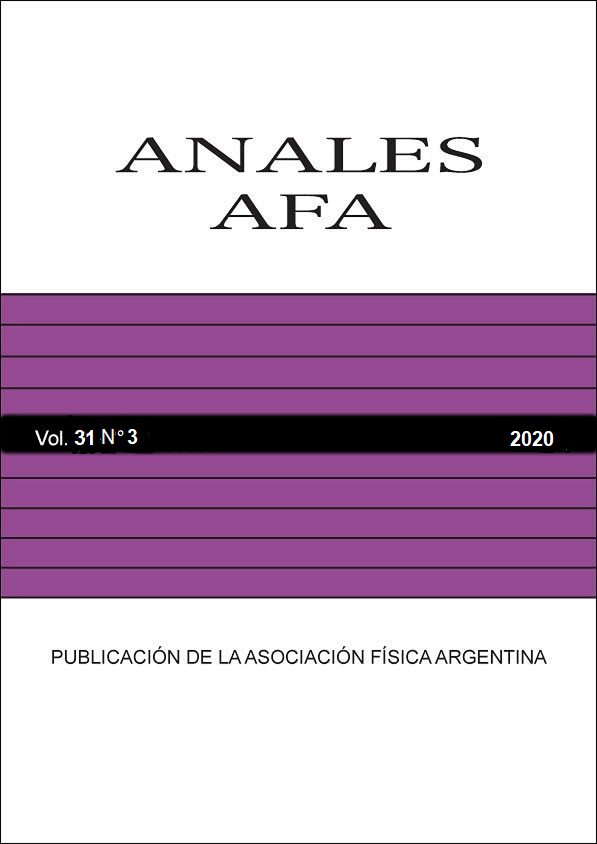DESARROLLO DE MATERIALES POLIMÉRICOS PARA DOSIMETRÍA DE RAYOS-X CON SENSIBILIDAD ÓPTICA MEJORADA
Resumen
En este trabajo se estudia el uso de un nuevo agente, capaz de formar complejos coloreados con iones metálicos, para su uso en dosimetría de Rayos-X (RX), con el objetivo de evaluar su efecto sobre la sensibilidad a la dosis en dosímetros poliméricos. Para optimizar la sensibilidad de los dosímetros poliméricos, utilizados para el registro cuantitativo de la distribución de dosis en tratamientos de radioterapia, es necesario considerar, no sólo el mecanismo intrínseco de registro de la dosis (grado de polimerización), sino también las técnicas de lectura a utilizar (p. ej. técnicas espectroscópicas). Uno de los métodos de lectura más utilizado, es la determinación del cambio de densidad óptica de los sistemas luego de su irradiación. En este estudio, se propone la formulación de un nuevo material sensible con capacidad de formación de complejos organometálicos y la potencialidad para para lograr un marcado cambio de densidad óptica en la zona irradiada. Para ello, se sintetizó un nuevo monómero (GMA-IDA) y se evaluó su capacidad de polimerizar junto a otros comonómeros comúnmente utilizados en dosimetría polimérica en gel (acrilamida, N,N’-metilenbisacrilamida y N-isopropilacrilamida), iniciando la polimerización mediante una reacción redox (APS/TEMED) o mediante radiación ionizante, rayos X en este caso. Finalmente, se evaluó el efecto del nuevo monómero sobre la performance del sistema modificado y se observó que el nuevo polímero formado posee la capacidad de formar complejos coloreados frente a Cu2+.




